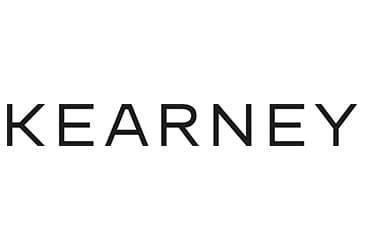CHICAGO – Today global management consulting firm Kearney’s consumer think tank, the Kearney Consumer Institute (KCI), releases its Q2 2023 briefing on corporate transparency, Blank space: the transparency disconnect The report looks into the complicated relationship consumers have with brand transparency, as well as how retailers and brands should be parsing the difficult questions around transparency and responding appropriate

“Putting information out there or advertising transparency sets the expectation that consumers can ask about anything,” said the report’s author Katie Thomas, who leads the Kearney Consumer Institute. “Artificial transparency risks frustrating or confusing consumers, leading to loss of customer loyalty even for established brands.”
“There is a disconnect between broad transparency and the information consumers actually want, and how they want to receive it,” added Thomas. “There are multiple approaches to communicating brand messages and information, and understanding these nuances, as well as the risks and benefits of each approach, can benefit both consumers and brands.”
The KCI has been exploring how consumers react to functional, values-based, informational and operational modes of transparency.
The briefing shares consumer sentiment data and addresses themes such as:
- How brand transparency makes consumers feel (informed, confident, empowered, indifferent through to overwhelmed, annoyed, confused)
- Where consumers want to find brand information, i.e., it being available on product labeling or visible in the store or simply that they can find it if they want
- The dilemma of many consumers choosing blissful ignorance concerning fast fashion supply chains and animal welfare
- Consumers’ frustration over confusing messaging and hidden fees
The study reports on feedback from consumers, making the case that there are few clear-cut answers in their reaction to various types of brand transparency. “Brands and retailers need to be cautious about the messages they want to put out,” noted Thomas. “Weighing what makes consumers feel good about their choices against what is realistic to execute on the brand side is the first step in getting transparency right.”
Consumer responses to transparency are often far more complex and nuanced than brands and retailers realize. The KCI advises a process of acknowledging the intent of a transparent message, and planning accordingly, whether that’s to inform or educate, for marketing or for coverage. From there, the report enumerates things to watch out for in each category, as well as key questions and considerations.
“Brands and retailers need to have a long-term strategy in place, shifting from selective transparency to thoughtful transparency,” said Tanya Moryoussef, a manager in Kearney’s consumer practice. “If a brand admits to making a mistake and share a plan of how they will do better, are they ready to share updates or tracking to the plan?”
A copy of the Q2 2023 KCI Briefing Blank space: the transparency disconnect is available here.









